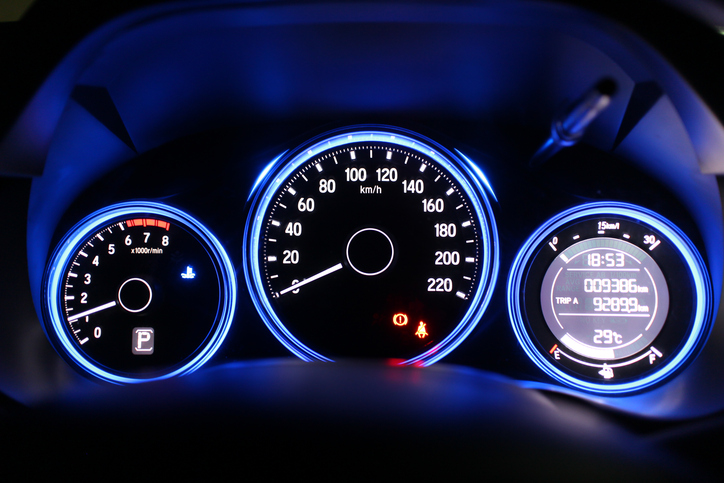10 Surprising Myths About Gas Mileage

Myth: You have to drive a small car to get good fuel economy.
Advanced technologies like hybrid drivetrains, diesel engines, direct fuel injection, turbocharging, advanced transmissions, low rolling resistance tires and aerodynamic designs are allowing standard-sized vehicles to be very fuel efficient. For the 2014 model year, about half of the top 10 most efficient vehicles (the list that excludes electric and plug-in hybrid vehicles) are midsize or large cars and wagons.
Myth: Manual transmissions always get better fuel economy than automatics.
Advances in automatic transmissions have improved their efficiency to the point that the automatic version of a vehicle often gets the same or better fuel economy than the version with a manual transmission. For vehicles offered in both automatic and manual transmissions, consumers can easily compare fuel economy at the government website.
Myth: It takes more fuel to start a car than it does to let it idle.
Modern fuel injected engines start efficiently, especially when warmed up. Idling can use a quarter to a half gallon of fuel per hour — depending on your vehicle’s engine size — costing you about 1 to 2 cents a minute. Turn off your engine when your vehicle is sitting still, except when you are waiting in traffic or waiting in a line where you would need to turn it on and off frequently. Restarting your engine too frequently can wear out your starter.
Myth: Vehicles need to warm up before being driven.
Modern vehicles can be driven within seconds of being started, though the engine should not be subjected to extreme loads until it has reached its normal operating temperature. Plus, the quickest way to warm up a vehicle’s engine is to drive it.
Myth: As a vehicle ages, its fuel economy decreases significantly.
A vehicle that is properly maintained will retain its efficiency for many years. The EPA tests vehicles with about 5,000 miles on the odometer to account for the break-in period since a vehicle’s fuel economy will typically continue to improve over the first several years of ownership. Vehicles that are 10 or even 15 years old will experience little decrease in fuel economy if properly maintained.
Myth: Replace your air filter for more efficiency.
This is true for older vehicles with carbureted engines, but modern fuel-injected engines have onboard computers that automatically adjust the fuel-air ratio to the proper level. Changing a dirty air filter won’t increase your fuel economy, but it might improve your engine’s performance.
Myth: Use aftermarket additives to improve fuel economy.
Excluding full conversions that meet all EPA certification standards, tests have shown that such devices and additives don't improve fuel economy and may damage your engine and/or increase your tailpipe emissions.
Myth: Using premium fuel improves fuel economy.
Unless your vehicle was specifically designed for premium fuel or knocks severely with regular fuel, you will probably experience no benefit from using premium fuel over regular. Consult your owner’s manual to see whether premium is recommended and under what conditions (e.g., towing).
Myth: EPA fuel economy estimates are a guarantee on what mileage a vehicle will deliver.
The primary purpose of EPA fuel economy estimates is to provide consumers with a uniform, unbiased way of comparing the relative efficiency of vehicles. Even though the EPA’s test procedures are designed to reflect real-world driving conditions, no single test can accurately model all driving styles and environments. Differing fuel blends will also affect fuel economy. The use of gasoline with 10% ethanol can decrease fuel economy by about 3% due to its lower energy density.
Myth: All vehicles are tested for fuel economy.
Current testing regulations only require light-duty vehicles of 8,500 lbs. or less to be tested for fuel economy. Several popular models, such as the Ford F250/350, Chevrolet/GMC 2500/3500, and Dodge 2500/3500 vehicles, exceed this weight limit and aren't tested and have no official fuel economy rating. The EPA also doesn't test motorcycles or four wheel vehicles that aren't legal for highway driving. Beginning with the 2011 model year, passenger vehicles (vans and SUVs but NOT pickup trucks) up to 10,000 lbs. will be required to have fuel economy labels.
This article was originally published on Market Watch.